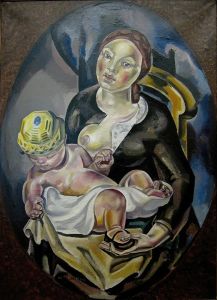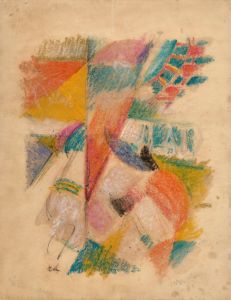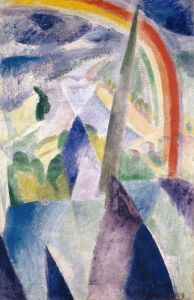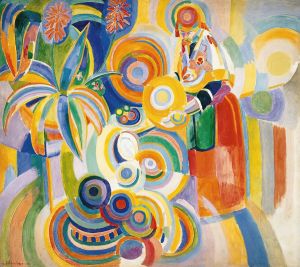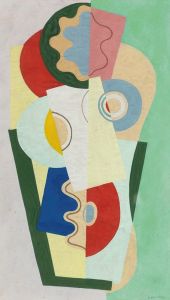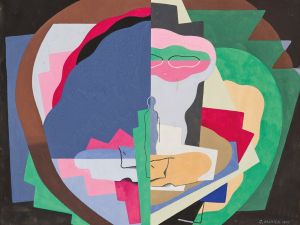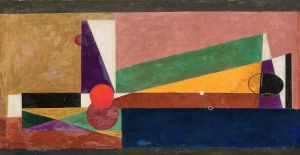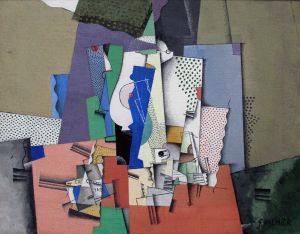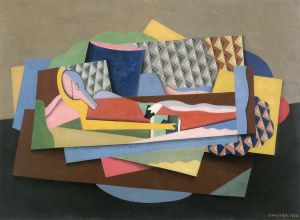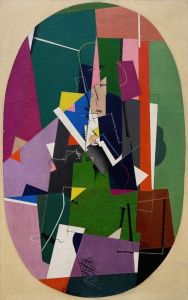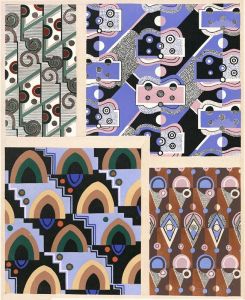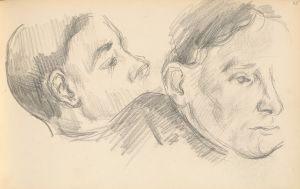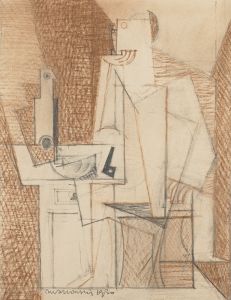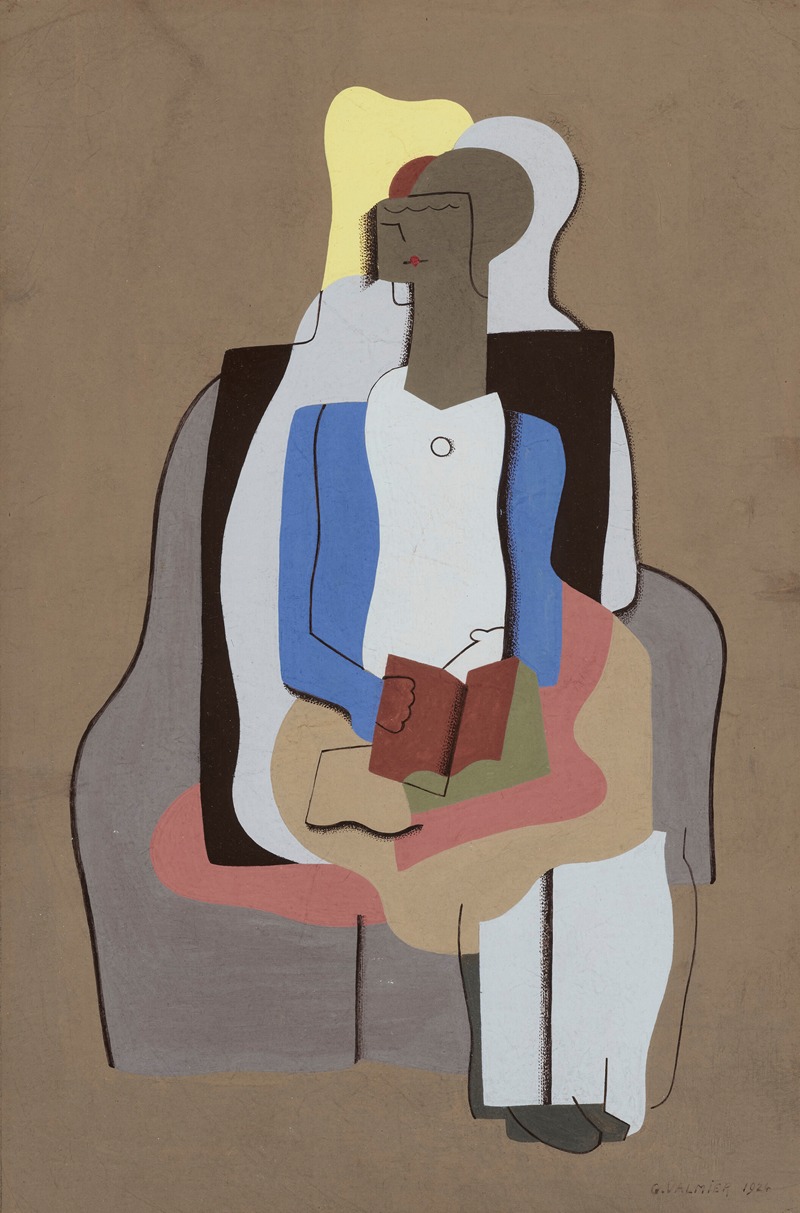
Jeune fille assise
A hand-painted replica of Georges Valmier’s masterpiece Jeune fille assise, meticulously crafted by professional artists to capture the true essence of the original. Each piece is created with museum-quality canvas and rare mineral pigments, carefully painted by experienced artists with delicate brushstrokes and rich, layered colors to perfectly recreate the texture of the original artwork. Unlike machine-printed reproductions, this hand-painted version brings the painting to life, infused with the artist’s emotions and skill in every stroke. Whether for personal collection or home decoration, it instantly elevates the artistic atmosphere of any space.
Georges Valmier (1885–1937) was a French painter known for his contributions to the Cubist movement. His work is characterized by vibrant colors and geometric forms, and he played a significant role in the development of abstract art in the early 20th century. One of his notable works is "Jeune fille assise" (Young Girl Sitting), which exemplifies his unique style and approach to Cubism.
"Jeune fille assise" is a painting that reflects Valmier's interest in the abstraction of form and his use of vivid colors. Although specific details about the painting's creation, such as the exact year it was painted, are not widely documented, it is consistent with Valmier's body of work from the 1920s and 1930s, a period during which he was deeply engaged with Cubist principles.
Valmier's approach to Cubism was distinct in that he often incorporated a more lyrical and colorful palette compared to some of his contemporaries. In "Jeune fille assise," this is evident through the harmonious blend of colors and the way he breaks down the figure into geometric shapes. The painting likely depicts a seated young girl, but true to Cubist style, the representation is abstracted, focusing on the interplay of shapes and colors rather than realistic depiction.
Valmier's work, including "Jeune fille assise," is marked by a synthesis of form and color. He was influenced by the works of earlier Cubists like Pablo Picasso and Georges Braque but developed his own unique style that leaned towards abstraction. His paintings often feature a dynamic composition, where the subject is deconstructed into planes and facets, allowing viewers to engage with the artwork on a more conceptual level.
Throughout his career, Valmier was involved in various artistic endeavors beyond painting. He worked in theater design and was also a composer, which may have influenced the rhythmic and musical quality observed in his visual art. This multidisciplinary approach enriched his paintings, as seen in "Jeune fille assise," where the arrangement of forms and colors can be likened to a visual symphony.
Valmier's contribution to art extends beyond his paintings. He was part of the Section d'Or group, which was instrumental in promoting Cubism and abstract art. His works have been exhibited in numerous galleries and museums, contributing to the broader appreciation of Cubist and abstract art.
"Jeune fille assise" remains an important piece within Valmier's oeuvre, showcasing his ability to blend color and form in a way that challenges traditional perceptions of portraiture. The painting is a testament to Valmier's innovative spirit and his role in the evolution of modern art. His legacy continues to influence artists and is celebrated for its vibrant contribution to the Cubist movement.





